Book an appointment with us X
History of The Royal Mint
With a history dating back centuries, The Royal Mint is so much more than the original maker behind the coins in your pocket – we are the key to help you unlock wondrous stories of the past.
c.880–1400
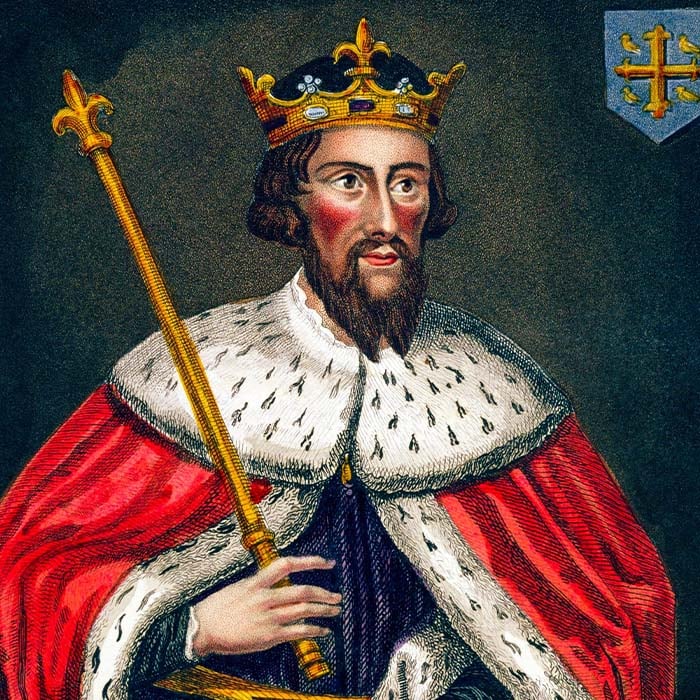
c.880
The Royal Mint strikes its first coin, the silver penny of Alfred the
Great, during the resettlement of London after its Viking occupation.
1279
The Royal Mint moves to a secure site in the Tower of London,
referred to as ‘the little tower where the treasure of the mint is kept’.
The sum of 17s 8½d (£729) is paid for work to the compound.
1282
Edward I issues a writ ordering the barons to carry out pyx trials to
ensure the accuracy of the coinage. This is the start of the ancient judicial
ceremony known as the Trial of the Pyx, which still takes place today.
1340s
This decade marks the birth of gold coinage. A circulating gold coin
appears during the reign of Edward III n the form of a gold noble with
the denominational value of 6s 8d.
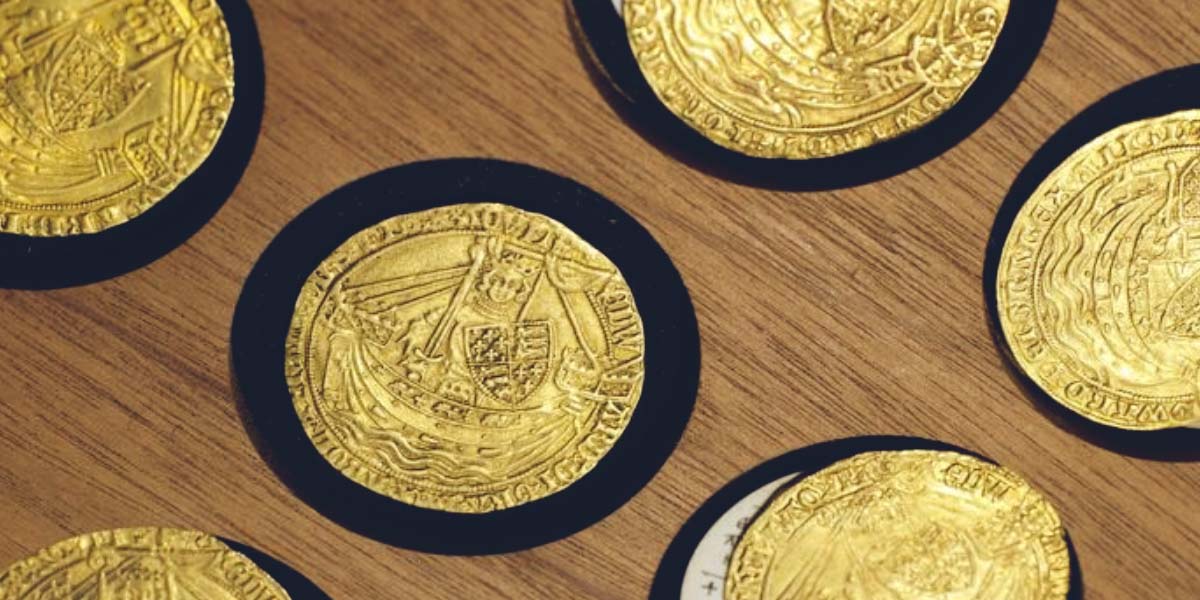
The gold noble beautifully displays King Edward III on its obverse, standing, facing the ship, teamed with both sword and shield.
c.400–1800
1489
Henry VII mandates a ‘new money of gold’ to establish the power of
his reign. The coin struck is the first Sovereign, and it is still known
today as the coin of the monarch.
1662
Charles II returns to the throne, influencing new production methods,
with coins being manufactured using horse-drawn rolling mills and
screw presses.
1696
Isaac Newton is appointed as Warden of The Royal Mint, becoming Master
of the Mint in 1699, a post he went on to hold until his death in 1727.
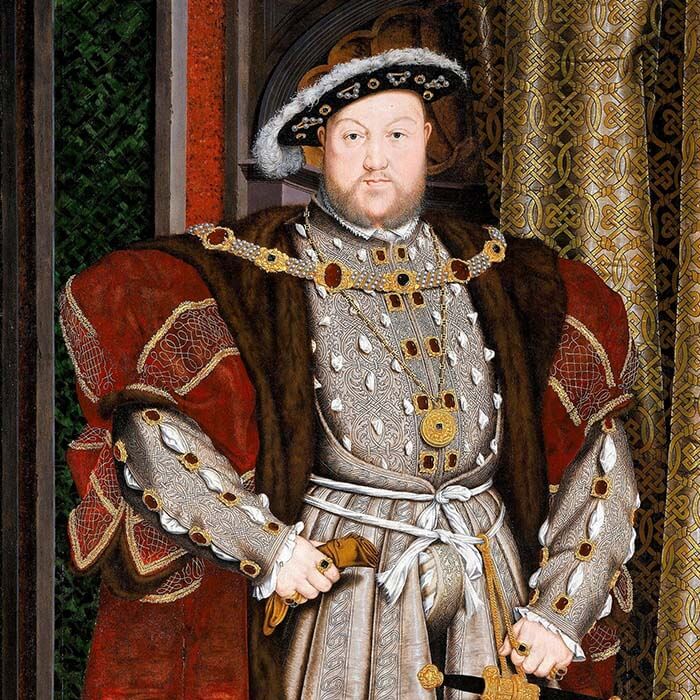
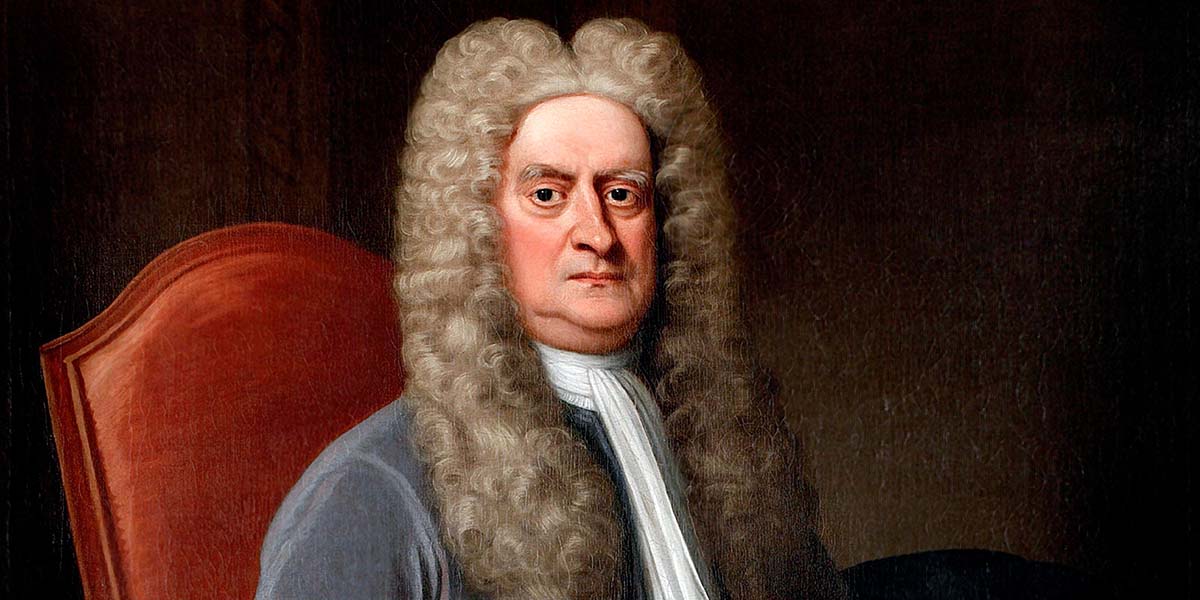
Portrait of Sir Isaac Newton, Warden and Then Master of The Royal Mint (1696–1727)
c.1800–1900
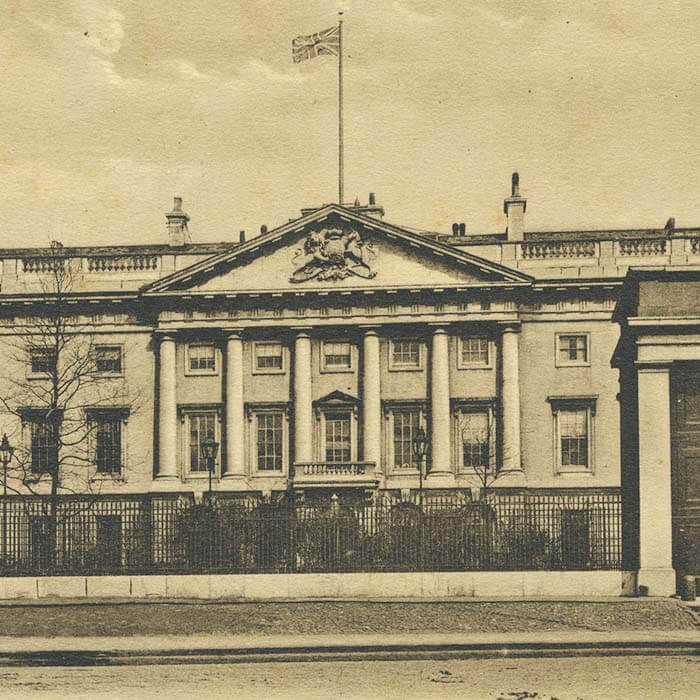
1810
The Royal Mint moves to a custom-built facility on Tower Hill,
equipped with the latest steam-powered machinery arranged in a
logical production sequence.
1815
The Royal Mint strikes its first medals, commissioned to honour the
bravery and heroism of the soldiers who fought for their country at
the Battle of Waterloo.
1817
A great coinage reform occurs following the end of the Napoleonic
Wars, which includes the revival of The Sovereign.
1855
The discovery of gold in Australia in 1851 leads to a call from The
Royal Mint to strike Sovereigns. Permission is granted in 1853, and the
first branch mint opens in Sydney in 1855.
1870
The office of the Chancellor of the Exchequer incorporates the role of
the Master of the Mint for the first time.
1880s
To cope with the increase in the demand for coins, The Royal Mint
extends its factory by installing new coin presses, whilst improving its
melting and rolling capacity.
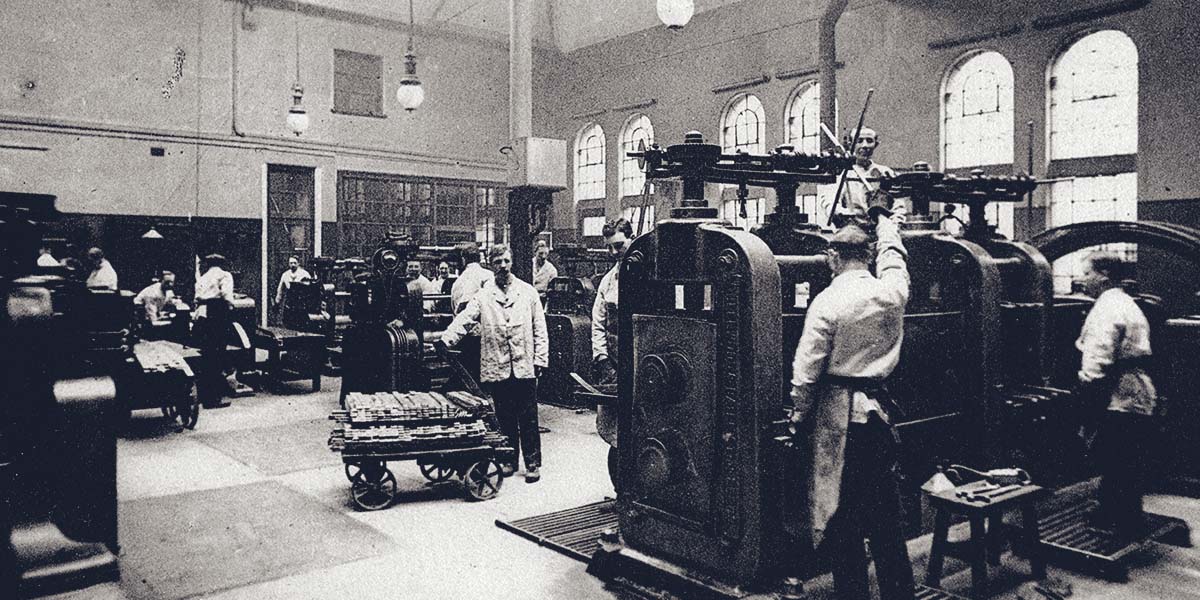
The Royal Mint’s Gold Rolling Room at Tower Hill, London (1800–1900)
c.1900–2000
1901
The Deputy Master of The Royal Mint is appointed Ex Officio Engraver
of Royal and Government Seals. This position helps to extend The
Royal Mint beyond the United Kingdom to around the world.
1920
Deputy Master of the Mint Sir Robert Johnson leads a significant
increase in The Royal Mint’s export business, with customers
including the Soviet Union and Guatemala.
1922
Established with the approval of George V, The Royal Mint Advisory
Committee (RMAC) is formed to raise the standard of numismatic
and medallic art in the UK.
1968
The Royal Mint moves from Tower Hill to Llantrisant, South Wales,
on 17 December 1968. The first project at the new site is to produce
the new coins required for decimalisation.
1971
Decimal Day takes place on 15 February 1971 and marks a significant
change to the UK’s currency.
1975
Coin production shifts from London to The Royal Mint’s new facility
in South Wales; the last coin struck at Tower Hill is a 1974 Sovereign.
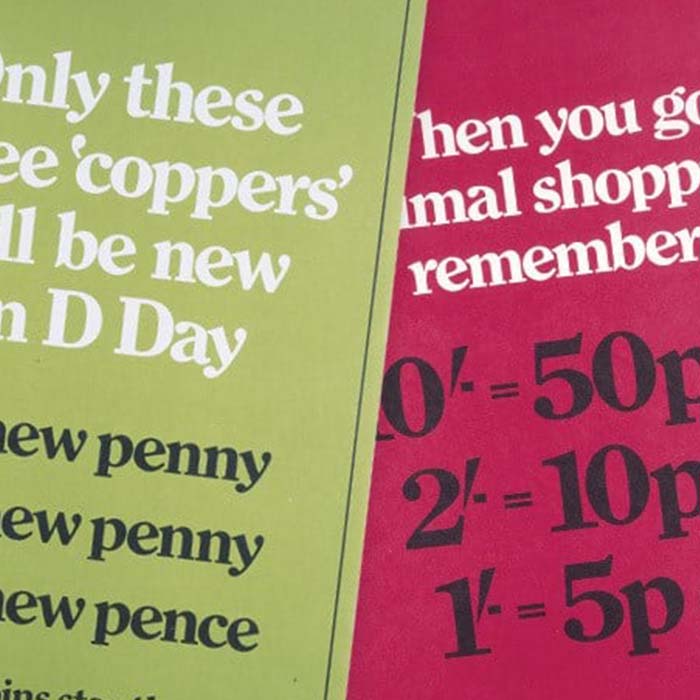
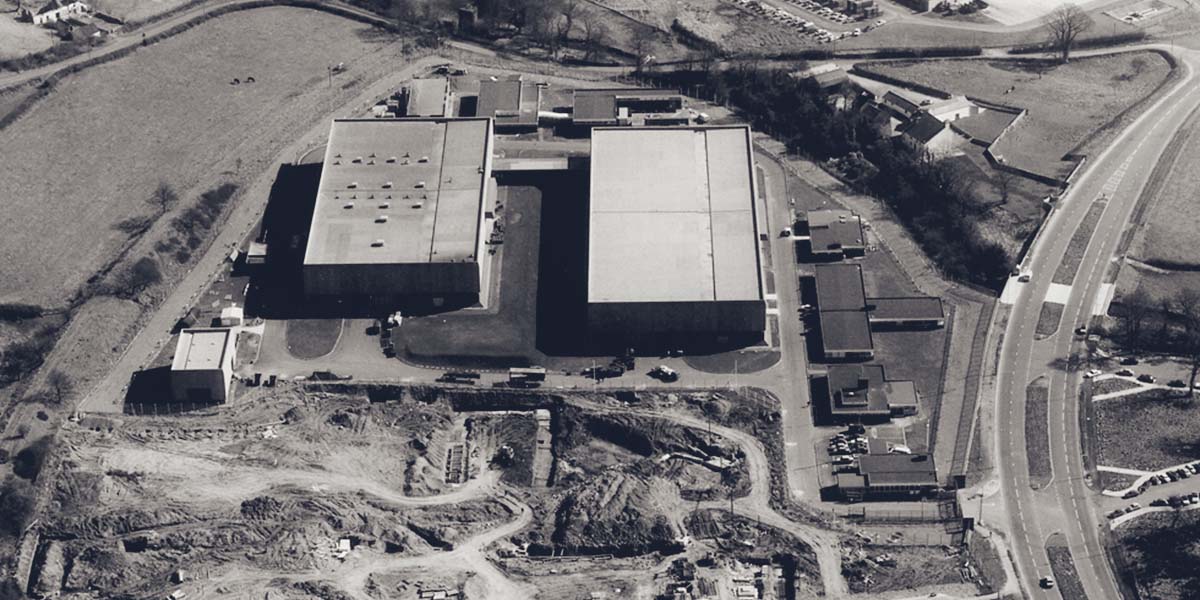
The Relocation from Tower Hill, London to Llantrisant, South Wales (Late 1960s)
2000-2003
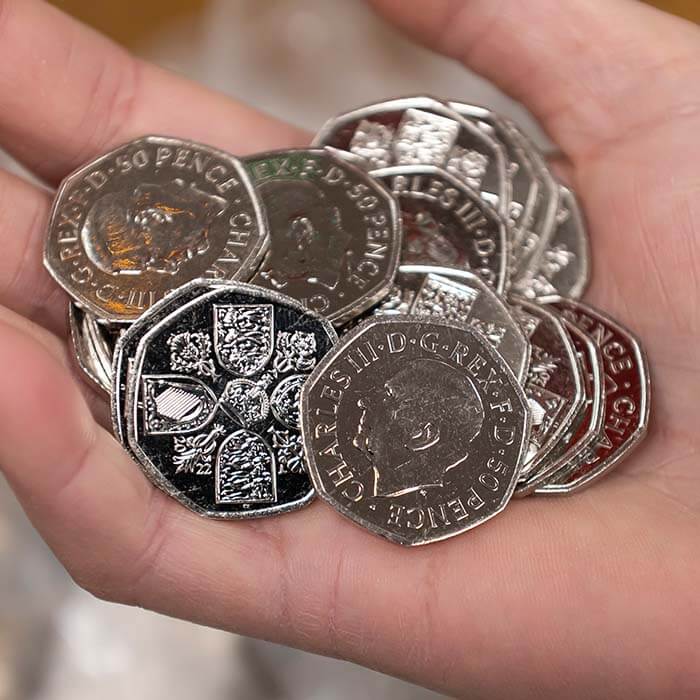
2009
HM Treasury takes sole ownership of The Royal Mint. Today, we are
vested as a state-owned limited company exclusively owned by His
Majesty’s Treasury.
2012
The Royal Mint strikes all 4,700 medals for the London 2012 Olympic
and Paralympic Games.
2016
The Royal Mint Experience opens its doors to give the public a
fascinating insight into more than 1,100 years of numismatic history.
2017
On 28 March 2017, a new UK £1 coin enters circulation. The new coin
has several features that make it much more difficult to counterfeit,
including a distinctive 12-sided shape.
2020
The Royal Mint becomes the first sovereign mint in Europe to list a
gold backed ETC. The secure ETC is backed by real, tangible gold
stored within The Vault®, our highly secure, on-site facility.
2021
The Royal Mint produces a 10-kilogramme gold commemorative coin
for the first time. This one-of-a-kind piece marks the conclusion of
The Queen’s Beasts Collection.
2022
On 8 December, The Royal Mint unveils the official coinage portrait of
His Majesty King Charles III. The portrait appears on £5 and 50p coins.
